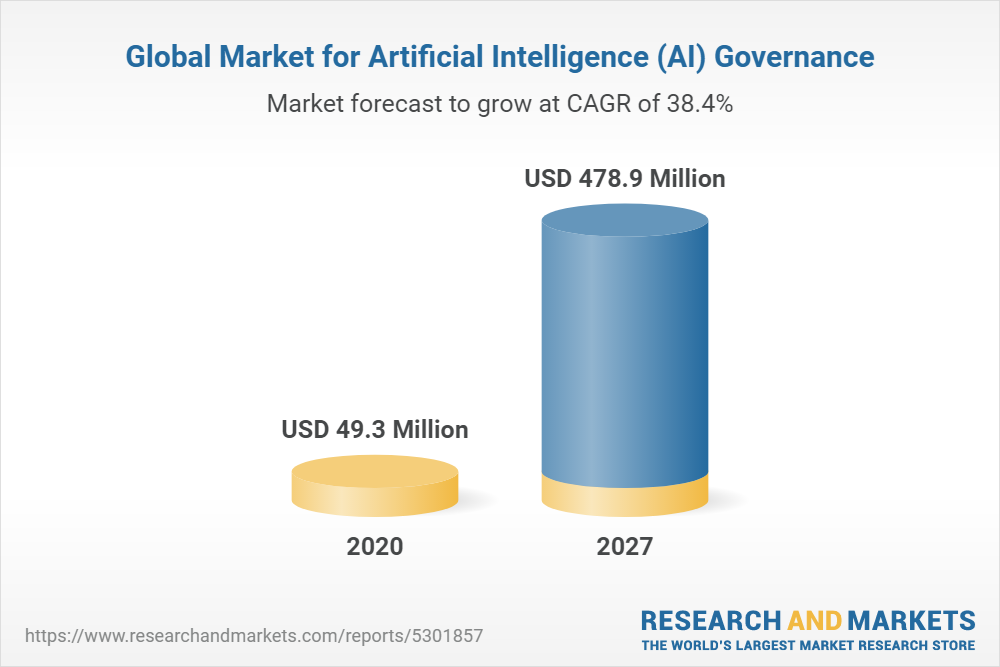
There are two main approaches to solving a problem if you are looking for deep learning or machine-learning. While machine learning is superior to deep learning, it's not as effective for tasks that are simple. Machine learning, for example, can produce incorrect results that need to be adjusted by programmers. Deep learning neural networks also require more computational power than machine learning does, making them more expensive. The benefits far outweigh the cost.
Reinforcement learning
Reinforcement learning involves training an agent to respond to positive and negative feedback by performing the right actions. An agent receives one point for each positive and negative action. The agent can also learn its environment, which is stochastic. It is able to move around the environment to evaluate its actions, then return to its previous state to decide if they should be changed. These approaches are often compared so that it can determine which one is the most effective for a given issue.

Transfer learning
Both "deep learning" (or "transferlearning") are sometimes misunderstood. However, they both have important uses. Deep learning is often used to create complex computer vision and NLP models. However, the training dataset is usually too small or poorly labeled. Transfer learning solves these problems by using past experiences to improve a model. These are just a few examples of deep learning applications.
Convolutional neural networks
The fundamental difference between deep learning models and convolutional neural nets lies in how they process input. Convolutional layers work by configuring a specific input into a matrix that is the object's receptive field. The latter is where a fully connected layer receives input in a larger area, usually a square. The convolutional component of the neural networks creates a new representation from the input image and extracts its most important features before passing them on to another layer.
Machine learning
Machine learning and deep-learning continue to be a hot topic. Both use algorithms that learn from data and patterns to predict future events. The more complicated the problem, however, the more sophisticated algorithm is required. In this article, we'll take a look at the difference between the two. This will be a heated debate that will never end. We'll talk about machine learning just for the sakes of conciseness.

Deep learning algorithms
There is a big difference between machine learning algorithms and deep learning algorithms. The first allows the computer learn from past mistakes while the latter helps it learn from future ones. In both cases, the computer is still a machine. Deep learning algorithms use large amounts of data to make informed decisions. These algorithms are not the same as programming. These computer systems are capable, however, of performing complex tasks. So which is the better choice? These are just a few examples.
FAQ
AI: Is it good or evil?
AI can be viewed both positively and negatively. It allows us to accomplish things more quickly than ever before, which is a positive aspect. No longer do we need to spend hours programming programs to perform tasks such word processing and spreadsheets. Instead, we can ask our computers to perform these functions.
Some people worry that AI will eventually replace humans. Many believe robots will one day surpass their creators in intelligence. This may lead to them taking over certain jobs.
How does AI function?
To understand how AI works, you need to know some basic computing principles.
Computers store information in memory. They process information based on programs written in code. The code tells the computer what to do next.
An algorithm is a set or instructions that tells the computer how to accomplish a task. These algorithms are often written in code.
An algorithm could be described as a recipe. A recipe can include ingredients and steps. Each step may be a different instruction. One instruction may say "Add water to the pot", while another might say "Heat the pot until it boils."
From where did AI develop?
Artificial intelligence began in 1950 when Alan Turing suggested a test for intelligent machines. He believed that a machine would be intelligent if it could fool someone into believing they were communicating with another human.
The idea was later taken up by John McCarthy, who wrote an essay called "Can Machines Think?" McCarthy wrote an essay entitled "Can machines think?" in 1956. It was published in 1956.
Is AI possible with any other technology?
Yes, but not yet. There have been many technologies developed to solve specific problems. However, none of them can match the speed or accuracy of AI.
Statistics
- While all of it is still what seems like a far way off, the future of this technology presents a Catch-22, able to solve the world's problems and likely to power all the A.I. systems on earth, but also incredibly dangerous in the wrong hands. (forbes.com)
- By using BrainBox AI, commercial buildings can reduce total energy costs by 25% and improves occupant comfort by 60%. (analyticsinsight.net)
- That's as many of us that have been in that AI space would say, it's about 70 or 80 percent of the work. (finra.org)
- The company's AI team trained an image recognition model to 85 percent accuracy using billions of public Instagram photos tagged with hashtags. (builtin.com)
- Additionally, keeping in mind the current crisis, the AI is designed in a manner where it reduces the carbon footprint by 20-40%. (analyticsinsight.net)
External Links
How To
How to set up Amazon Echo Dot
Amazon Echo Dot is a small device that connects to your Wi-Fi network and allows you to use voice commands to control smart home devices like lights, thermostats, fans, etc. To begin listening to music, news or sports scores, say "Alexa". You can ask questions and send messages, make calls and send messages. Bluetooth speakers or headphones can be used with it (sold separately), so music can be played throughout the house.
Your Alexa enabled device can be connected via an HDMI cable and/or wireless adapter to your TV. One wireless adapter is required for each TV to allow you to use your Echo Dot on multiple TVs. Multiple Echoes can be paired together at the same time, so they will work together even though they aren’t physically close to each other.
Follow these steps to set up your Echo Dot
-
Turn off your Echo Dot.
-
You can connect your Echo Dot using the included Ethernet port. Make sure to turn off the power switch.
-
Open Alexa for Android or iOS on your phone.
-
Select Echo Dot from the list of devices.
-
Select Add New Device.
-
Select Echo Dot (from the drop-down) from the list.
-
Follow the on-screen instructions.
-
When prompted, enter the name you want to give to your Echo Dot.
-
Tap Allow access.
-
Wait until Echo Dot connects successfully to your Wi Fi.
-
You can do this for all Echo Dots.
-
You can enjoy hands-free convenience